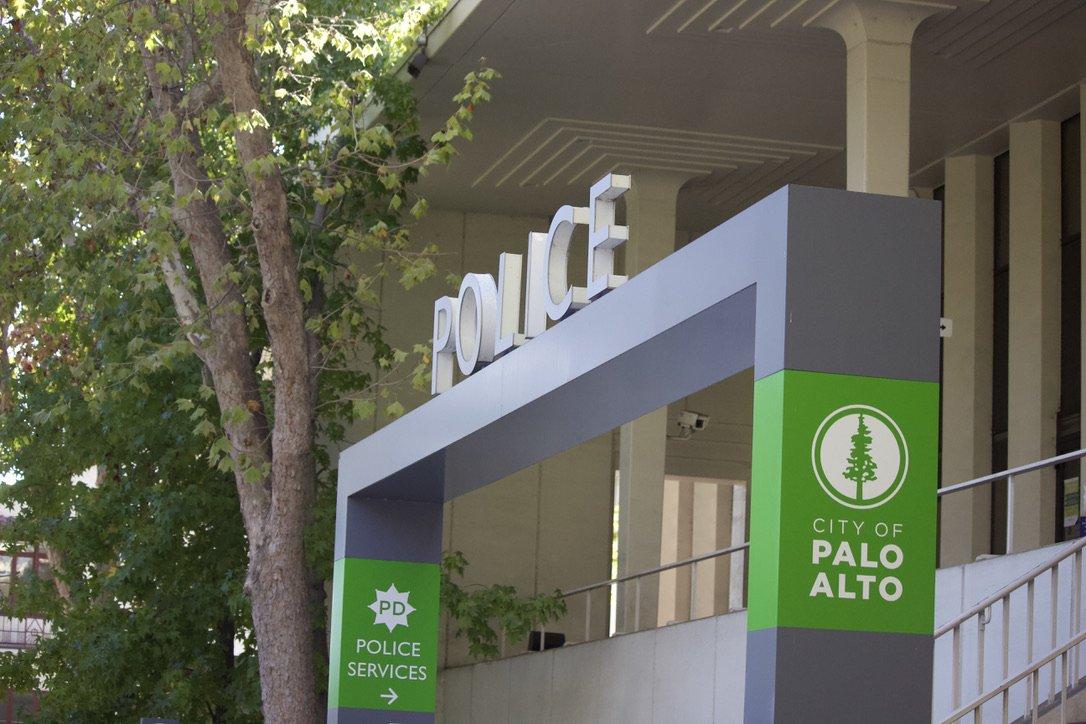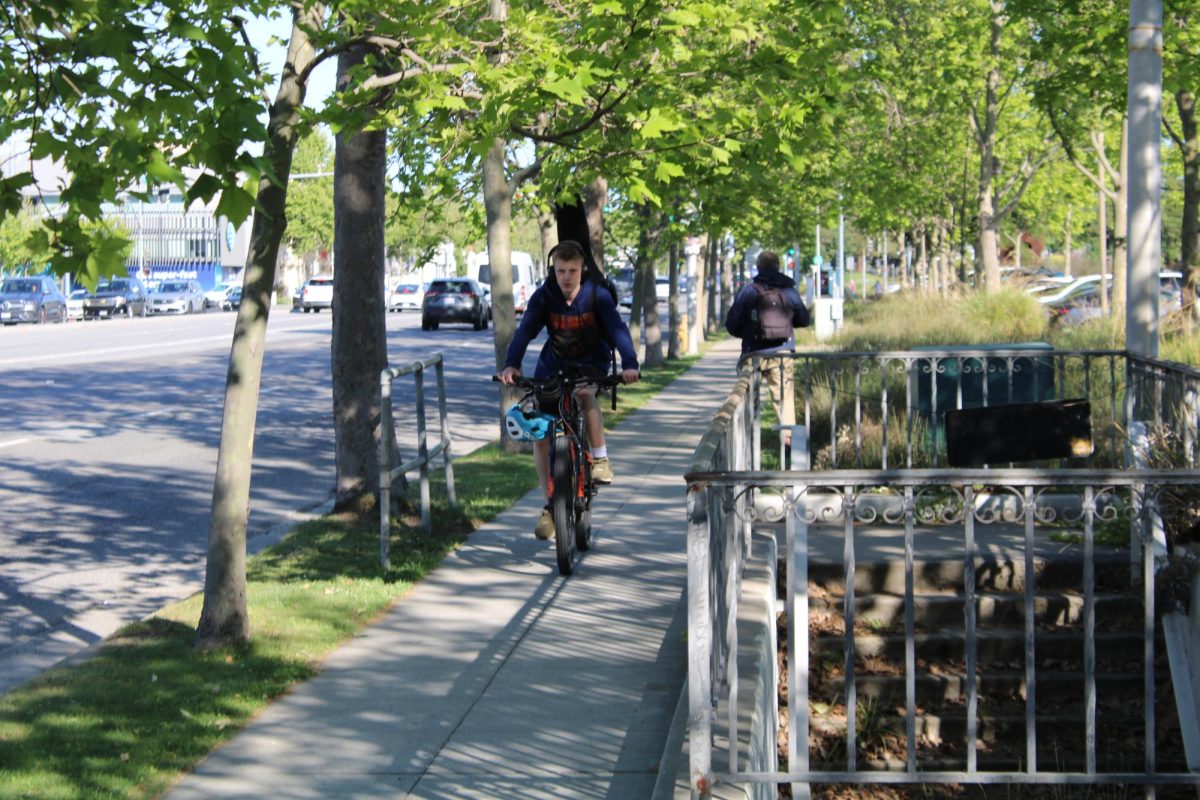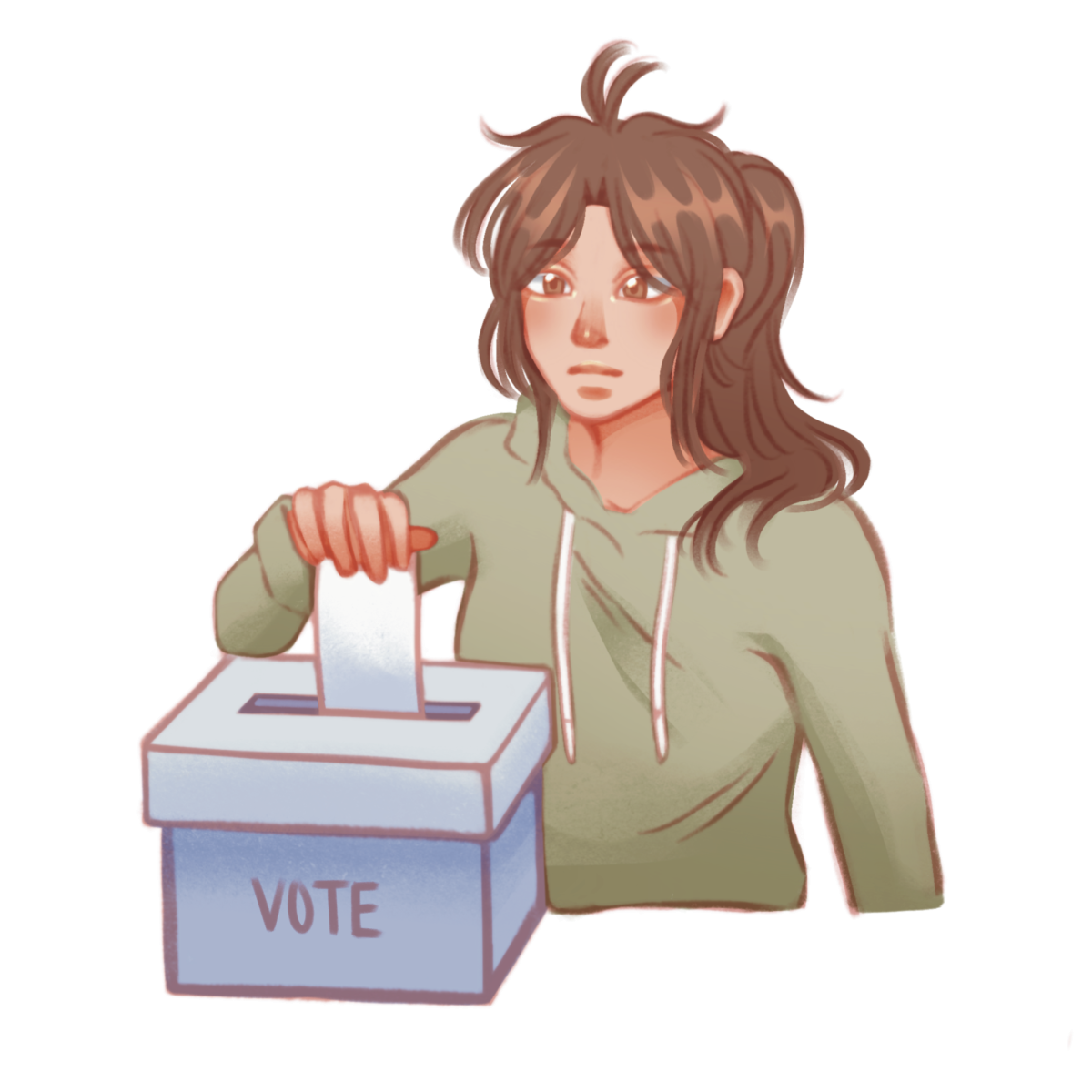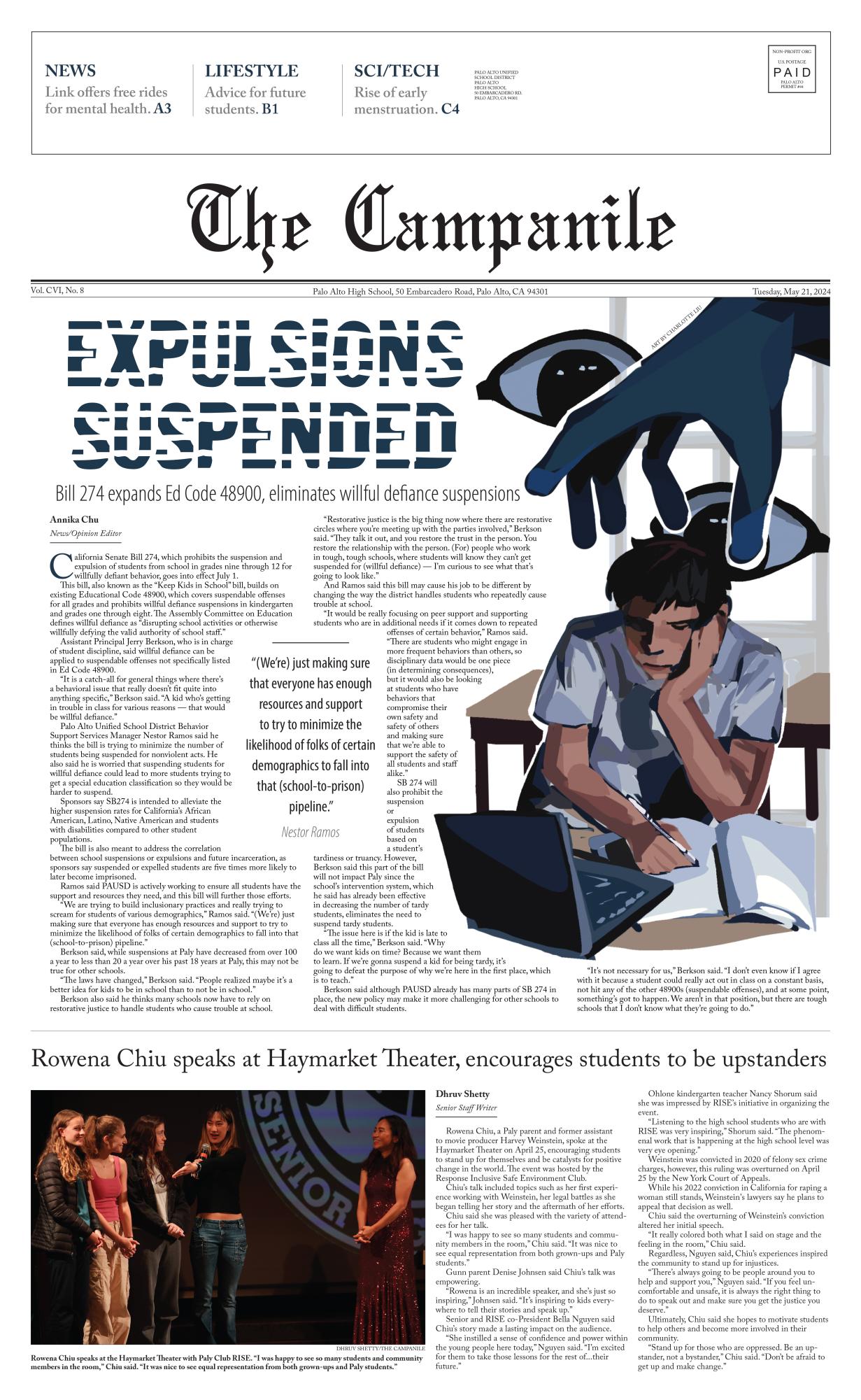The Palo Alto City Council has directed staff to create a plan to form a police utility team for interactions with the city’s homeless population.
Police, rather than social workers, are usually deployed in cases when there is a public safety concern or when a homeless person is in immediate danger, Palo Alto police department officer James Reifschneider said.
“A police officer is better for welfare checks because they’re already in the field,” Reifschneider said. “They can quickly determine if there’s a medical emergency or a mental health crisis.”
Leah Lampley, a worker at a low-income housing facility, said the PAPD is a valuable resource in confrontational situations, especially with the homeless.
“When I can’t deal with an individual on my own, I need backup,” Lampley said. “(Police) have crisis intervention training, and they can encourage with their authority and presence.”
City Councilman Greg Tanaka said increased homelessness in Palo Alto, as well as the stabbing of a Paly sophomore who was downtown during the school day during her prep period, led the council to take this action to ensure public safety.
Tanaka also said this is not a blanket move to use a police officer in all situations regarding homelessness.
“You want to send the right person at the right time,” Tanaka said. “If a house is burning down, you want to call the fire department. A lot of the time, the police are expected to do everything, and that’s really hard.”
Lampley said social workers are more effective in some situations.
“Do I think a case worker would be useful?” Lampley said. “Yes, I do. If we have the budget for it, let’s do it.”
But Jasper, a Palo Alto man who didn’t give his last name and who recently received housing through a government program after being homeless for eight years, said he found police unhelpful in many situations.
“They tend to just tell people to move. They say, ‘You can’t sleep here,’” Jasper said. “Eventually you run out of places to sleep that preserve your sanity.”
Jasper also said resources available for the homeless are slim and he only uses them in emergencies., such as extremely cold nights.
“There’s a shelter in Sunnyvale, but it’s only open during the winter, and you have to be out by 6 a.m.,” Jasper said.“You have to sleep on your shoes because people will steal them, but at least it’s there.”
While the council does not yet have a long-term plan to combat homelessness, Tanaka said they’re working on it.
“The most important thing is that we have to understand the causes of homelessness,” Tanaka said. “Part of it is economic, and we have to have more jobs and low-income housing. Another issue is drug abuse, and domestic violence plays a role as well. Each of these causes need to be addressed.”
One strategy which the city plans to implement, Reifschneider said, is the Psychiatric Emergency Response Team. This team would be composed of mental health clinicians for mental breakdowns as well as police officers for safety issues.
Tanaka said that homelessness is a problem that needs to be addressed.
“Having people live on the street is not a humane thing,” Tanaka said. “We have to have more jobs and low-income housing.”









